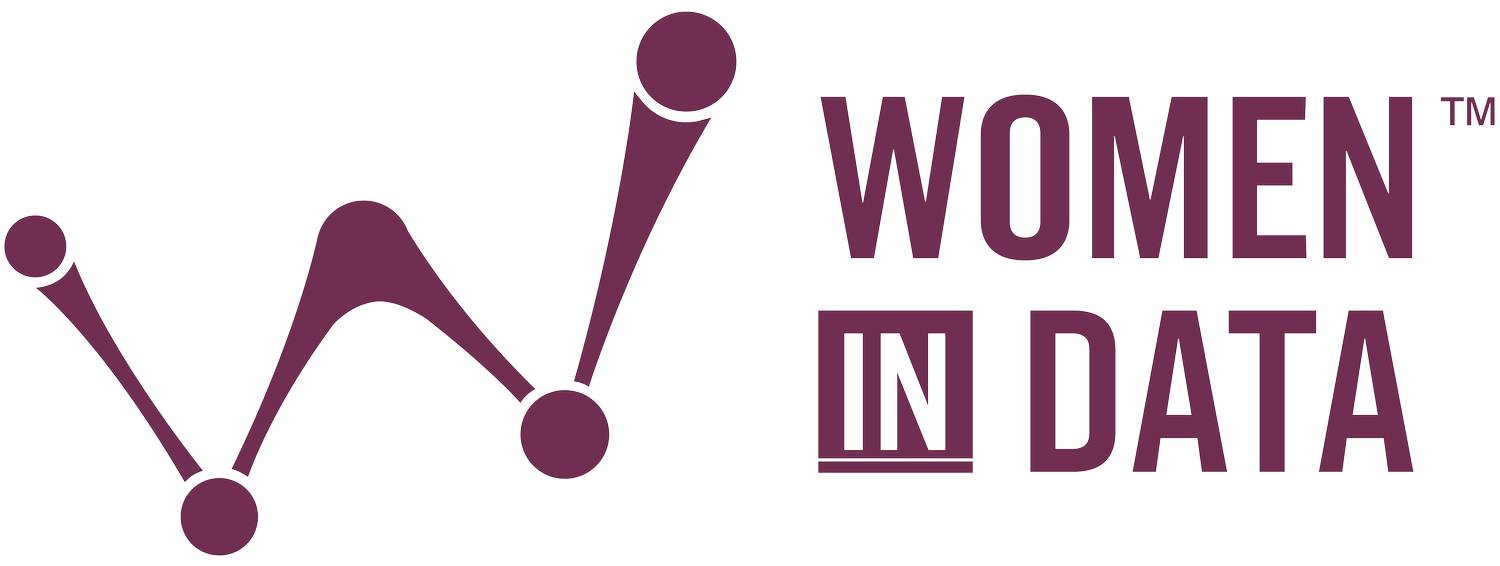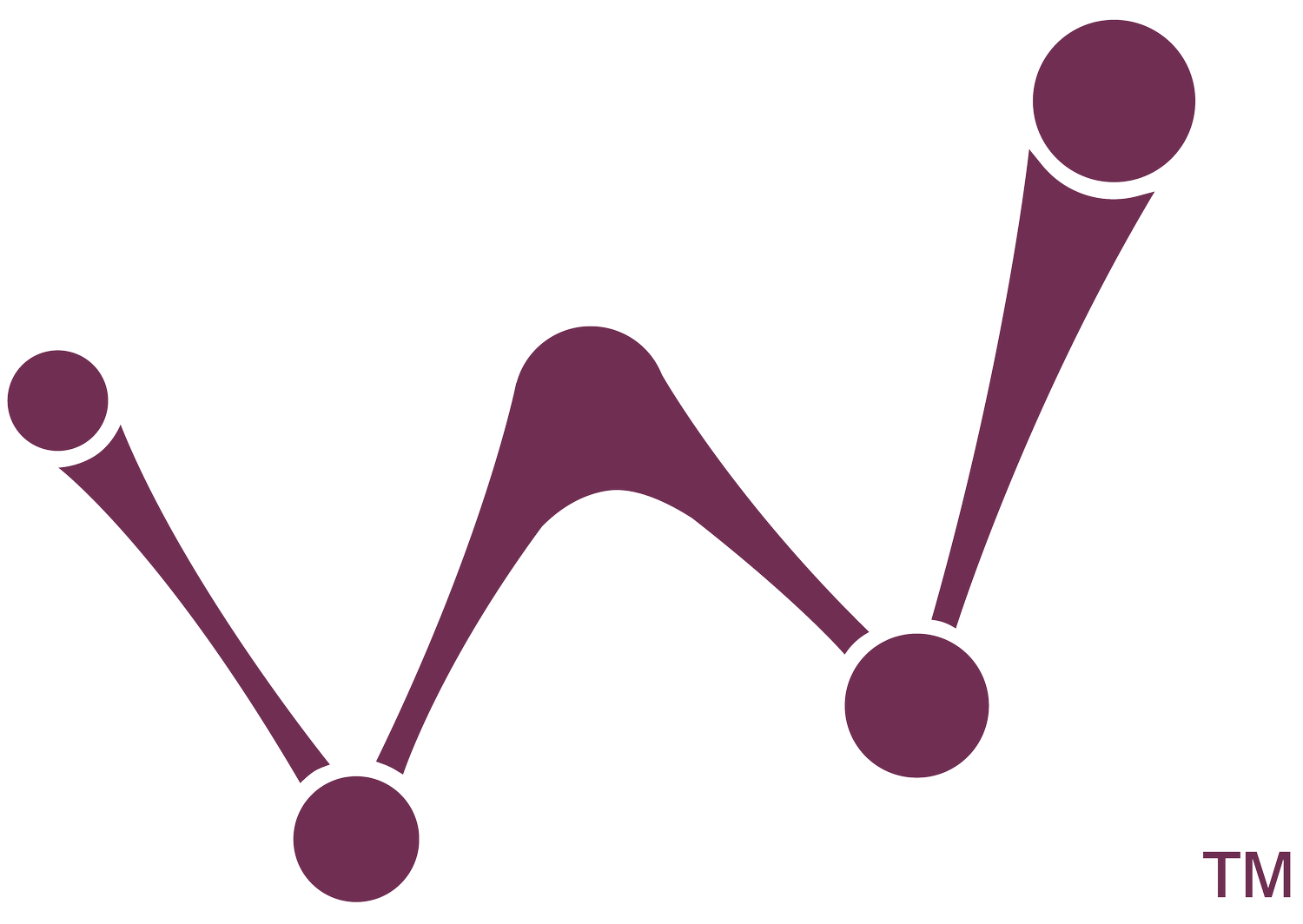Art of Data Storytelling
By Roja Boina, WiD Edison Chapter Co-Lead
Data is omnipresent: whether you're deciding on a new location for your company or the kind of product you want to launch, data is an unseen advisor that assists you in making important decisions. How exactly is data used to make decisions? Enter data storytelling.
What is Data Storytelling?
Simply put, data storytelling is clearly understanding and describing the why, how, and when of the data, through a meaningful and insightful story.
How can data be made MEANINGFUL?
Gathering all the accessible data and trying to convey it in a story without filtering the key data elements can be overwhelming and is often more futile than helpful.
You can help tell a meaningful story with your data by avoiding these common pitfalls:
1. Maintain data quality
Maintaining clean data and ensuring data quality is important. You can simplify quality control by using data profiling tools and documenting frequent data issues.
Reviewing your data with summary statistics can also help you find any issues that need to be fixed. Correcting frequent mistakes improves your data's correctness, completeness, and consistency.
2. Clearly describe your data.
It is vital to describe your data adequately and provide metadata throughout the data analysis process. Describing your data can help standardize and offer context for data, while good metadata enhances data quality and increases consistency.
3. Prevent issues from arising in the first place.
Data correction is time-consuming and complex. Planning and preparation before collecting and analyzing data can help you avoid mistakes and save time and effort in the long run.
This activity is sometimes referred to as quality assurance and is critical to data governance or management. Good quality assurance work aids in setting data usage goals, increases the relevance and timeliness of your data, and streamlines work at later stages in the data life cycle.
HOW TO COMMUNICATE WITH DATA EFFECTIVELY
When communicating and telling a story with your data, it’s important to remember your stakeholders' requirements, objectives, and issues but it is also important to make the data is appropriately presented and is engaging to your audience. Here are some ways to communicate with data affectively:
Understand your target-audience:
Before even putting pen to paper, like every great storyteller, you must consider two crucial elements. You must understand your audience and your goal before giving them your narrative. Otherwise, you risk wasting time and losing important stakeholders' attention.
Understanding what each group wants to hear and how they want to hear it is critical. By taking the time to understand your audience, you'll be able to design an engaging tale that speaks their language and addresses their issues.
For example, you might ask, what are their most important objectives or priorities? Are you able to connect your results, effect, or achievement to these goals or priorities?
Once you've connected your results to your target audience, consider how you'll tell your story. Determine your delivery, context, visuals, and language based on your audience so that your narrative is relevant to specific stakeholders. It's important to remember that what works for one group might not work for another.
Maintain a straightforward approach:
When you communicate with data, you are often conveying an overall message or an ask you want the audience to take away from your narrative. You're more likely to achieve what you want if your story is simple to grasp.
In most cases, it’s best to stay away from jargon and insider terminology. Otherwise, you risk getting interrupted for an explanation every five minutes or worse, alienating your audience entirely.
Make sure you're prepared. Trying to come up with the right words on the spot or not fully understanding your data not only wastes time but confuses your story.
Remember, if it’s simple to present, it's often easy for your audience to grasp.
Choose the Right Graphical Visualization:
It’s important to choose the right kind of visualization that aligns with your data and make it aesthetically pleasing. You may want to consider things such as shapes, color and sizing that are best for your audience and other stakeholders. You also want to provide enough context for your visualization to avoid misinterpretation while also not making it too busy so that it becomes overwhelming.
Conclusion:
Stories are difficult to ignore or forget, and while raw data is helpful, narrative aids in conveying its meaning. Data storytelling gives clarity and logic to understanding business processes, making identifying and acting on insights simpler.
Storytelling allows you to gain access to more relevant information, prioritize your actions inside the organization, and concentrate on the most critical aspects.
Companies are using data storytelling worldwide to improve their reporting and decision-making processes. Data-driven storytelling, regardless of the methods employed to achieve it, can assist organizations in making the most of their data.

